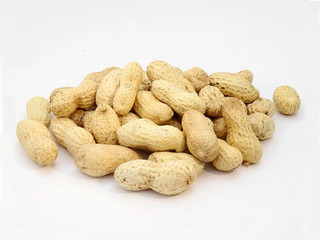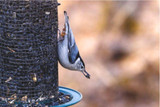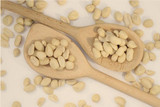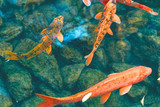The Art of Bird Tracking
Bird tracking
Bird tracking. Scientists have found, through the use of tiny tags to track their movements, that common garden birds such as blue tits and great tits scour for food in the mornings in order to avoid predators. This kind of tracking is essential, as it allows us to monitor how birds forage for their food. But what exactly is it?What is bird tracking?
For well over a century now, scientists have been tracking birds to study conservation and the ways they migrate. One of the main goals from bird tracking is to monitor where the birds are going. Researchers also want to know why they are going “there”. Whether this is because of food density, the bird's adaptability, or a change in temperature.A history of bird tracking
1890s- Bird Rings
Bird ringing began in 1899 in Denmark, when ornithologists started catching birds and fitting rings with a code number to their legs. With this simple but effective system, anyone who caught the bird could look up the number to see when and where it was first caught.1960s - VHF Telemetry (Radio Tags)
Not till the early ‘60s did these become small enough to be fixed to birds - and only big birds, such as eagles. Today’s radio tags can weigh just 0.2g, but their size means that they only operate over a short range, and only for a few days.1970s - Satellite Telemetry
The first satellite devices were rather large! They weighed 11kg which is obviously not appropriate for a bird. They were instead used on big mammals. The first satellite transmitters for birds were deployed in 1991. These devices began as battery powered devices but are now mostly solar powered. Today they can weigh as little as a few grams and are used extensively.1990s - Geolocators and Mobile Phone Telemetry
These trackers measure light levels, allowing you to estimate the day length, from which you can calculate a longitude and latitude within an accuracy of 200km. They can be very light (0.3g) so ideal for tracking small birds. The only drawback is that you need to re-catch the bird to retrieve its data. Developed in 1998, but not used on birds till about a decade later, these tags send their location via the mobile phone network. They are accurate to a few metres, but rely on mobile reception, and can only be used on species weighing more than 500g.2000s - GPS Loggers
GPS tags are accurate to within 10 metres. The RSPB have deployed these on a huge scale on UK seabirds. You need to re-catch the bird to retrieve the data, unless you use a newer tag with short- range radio transmission.Can you track any bird?
The earliest electronic tracking devices were huge in size, but advances in technology have meant smaller electronics and more powerful batteries so that they are now compact and light enough to fit onto the back of a bird. It doesn’t mean you can track all birds though, the weight of the tag can still be a limitation. It’s important that the tag is light and doesn’t impede the birds natural movement. It means the tag has to be a very small percentage of the bird's body weight. For instance, there would be no problem if you wanted to track hen harriers. However, if you wanted to track a warbler that weighs only 10g, you’d have to build something that weighs no more than a few tenths of a gram.Looking after garden birds
Through tracking and other methods, studies have shown that the numbers of House Sparrows are down, largely due to a lack of breeding spaces available. As it is also national nest box week, why not get yourself your own House Sparrow nest box?

As House Sparrows breed in colonies, our nest box is perfect. The compartments are subdivided, meaning 3 House Sparrows can breed in close proximity. If you need tips on choosing bird food, make sure you check out this article.
Explore Popular Articles
-
How Sunflower Seeds Can Improve Your Bird's Health
14th Jun 2024Birds are quite attracted towards sunflower seeds, but have you ever wondered about sunflower seeds'
-
The Ultimate Guide to Feeding Peanuts to Birds: Benefits and Considerations
16th May 2024Feeding Peanuts to birds is a common practice due to their high nutritious value. Being an excellent
-
Signs of Overfeeding Fish: How to Spot and Prevent it
7th May 2024Do you know that fish are more likely to die from overfeeding than starvation? One of the most pre















